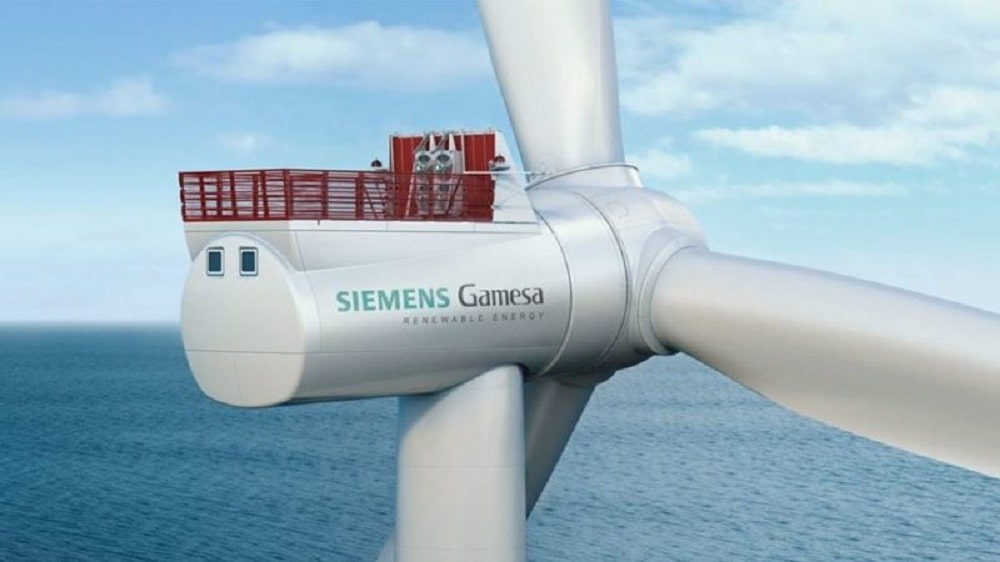Siemens Gamesa has added a new turbine to its 4.X platform, the SG 4.7-155, combining the company’s expertise and track-record in the 4 MW segment with a 155-meter rotor and state of the art blades to significantly increase energy production at low wind sites.
The SG 4.7-155 has a nominal power rating of 4.7 MW and is equipped with OptimaFlex technology, enabling it to operate between 4 MW and 5 MW depending on site conditions. The platform will be enhanced by one of the two rotors developed for the more powerful Siemens Gamesa 5.X platform, representing an important step forward in the company’s strategy to adopt the best technology across all its platforms.
This approach, which was also implemented on the SG 3.4-145 launched in July, optimizes the R&D investment and industrial capital expenditure, and reduces the development cycle, improving the time-to-market of new products.
The development of low wind turbines is especially important for already well-developed onshore wind markets where the space for higher wind sites is limited. By increasing the size of the rotors, wind turbines are therefore capable of providing a successful business case to produce higher clean energy production even with lower wind conditions.
“The new model will make us much more competitive in the low wind market segment, complementing our SG 5.8-170 to offer our customers broader options depending on their project characteristics and needs. This type of modular approach using the best of our onshore innovation will help us lower the cost of energy for them and offer the best solutions for the energy transition,” said Siemens Gamesa Onshore CEO, Lars Bondo Krogsgaard.
The model will use a 76-meter blade made of fiberglass reinforced with pultrude carbon, integrating innovative aerodynamics to guarantee the best balance between high energy production and reduced noise emission levels.
Indeed, the Annual Energy Production in average low wind conditions is 5% higher than that of the SG 5.0-145. The turbine also has a low noise output of 105 decibels, making it suitable for countries with strict noise restrictions such as France. In addition to these functionalities, the lifetime of the new turbine has been increased to 25 years from 20 years at IEC-Class 3 sites.
A prototype of the new model is expected to be ready by mid-2021, with the start of production planned for the end of 2021.





































